There Are 7 Different Types of Eczema—Here’s What a Dermatologist Wants You To Know About Each of Them
"Eczema is a broad term that describes skin characterized by inflammation that may appear red, dry, itchy, or flaky," says Dr. Garshick. "Although there are some similarities and overlapping features, there are different types of eczema that are often defined by the specific location, appearance, and triggering factors." Additionally, it's possible to experience more than one type of eczema at a time.
- Marisa Garshick, MD, FAAD, board-certified dermatologist at Medical Dermatology and Cosmetic Surgery in New York
Know that no matter the type, eczema can range from mild to severe, and consulting a board-certified dermatologist (and making sure it's not psoriasis vs. eczema) is always helpful.
"All types of eczema have the potential to be severe, in that while the skin manifestations may not appear that severe, the associated itch, especially with atopic dermatitis, dyshidrotic eczema, neurodermatitis, and contact dermatitis can disrupt sleep and quality of life," she says. "In general, all forms of eczema can benefit from doctor intervention because often a prescription cream may be needed to calm the associated inflammation." Learn about the different types of eczema below.
{{post.sponsorText}}
7 different types of eczema explained by a dermatologist
1. Atopic dermatitis
"Atopic dermatitis is the most common type of eczema, and then one most people are thinking when they use the term eczema," says Dr. Garshick. "It is a skin condition marked by red, dry, and itchy skin that impacts infants, children, and adults. Rubbing or scratching can actually make it worse, which is why it is often known as 'the itch that rashes.' While it can appear anywhere, it is especially common in the folds of the knees and elbows, also known as the flexural areas. It can be associated with asthma or allergies and has a genetic component. While it can be managed, for many individuals it is considered a chronic condition."
2. Contact dermatitis
"Contact dermatitis is a type of eczema that results from the skin coming into contact with something that can trigger a reaction, which can either be an allergy or an irritation," says Dr. Garshick. "While it can appear red and flaky and be associated with itching, it can also be associated with blisters [that look like] poison ivy. While contact dermatitis can occur anywhere on the body, it typically develops at sites that specifically come into contact with an allergen or an irritant, with common areas being the eyes or hands." If you experience contact dermatitis, "it can be helpful to consider patch testing to identify any specific allergens to avoid them," she says.
Keep in mind, it might be hard to differentiate hives vs. eczema, but hives will typically come and go, while eczema lingers longer.
3. Dyshidrotic eczema
"Mostly affecting the hands or the feet, this condition appears as little bubbles or blisters that can be very itchy. It can be more common in those who wash their hands frequently or experience a lot of sweating on their hands or feet," says Dr. Garshick. "It can help to avoid prolonged exposure to water, which may mean wearing gloves when washing dishes and only washing hands when necessary. Additionally, it can help to frequently apply moisturizer to the hands, which I often tell patients can be done after every handwashing." She says to reach for thicker ointments and creams over thinner lotions, but notes that "any moisturizer is better than no moisturizer."
4. Neurodermatitis
Neurodermatitis is a sort of next-generation form of eczema that appears when you scratch your existing eczema so much, it changes your skin. "Typically confined to a few areas, in neurodermatitis the skin is so itchy that the persistent scratching can lead to skin changes, which can include thickening of the skin," says Dr. Garshick. "It often occurs in areas that can be reached such as the ankles, hands, wrists, forearms, and scalp. If you break the itch-scratch cycle, the skin can improve."
To break the cycle and prevent dryness, Dr. Garshick says to keep showers short, use lukewarm water, and stay moisturized. "The drier the skin, the itchier it is. And since itching is a core part of neurodermatitis, anything to reduce the potential for itchiness can be helpful," she says. "Additionally, it can help to keep the nails cut short to prevent scabs or cuts when scratching the skin. I often recommend my patients who feel tempted to scratch keep cream or ointment nearby and try to rub the cream onto the itchy area, instead of scratching." She adds that this form of eczema can benefit from certain types of systemic medications like injections and oral medications.
5. Nummular eczema
"This type of eczema appears as discoid, or circular, 'coin-like' patches on the body," she says. "It often occurs in the setting of dry skin and can be associated with an itching and burning sensation. While it does respond well to treatment, it can come back."
Since it's often associated with dry skin, "it can be especially important to remember to moisturize the skin, preferably creams or ointments, rather than lotions to help trap moisture in," says Dr. Garshick. "If it is not improving, it is best to speak with a board-certified dermatologist to see if it requires a prescription or if it is related to a skin allergy or if it could be a different diagnosis."
6. Seborrheic dermatitis
"This type of eczema which can affect the scalp, face, chest, and groin typically appears where there are a lot of sebaceous glands," says Dr. Garshick. "It can appear as dandruff, with flaking, or can be associated with redness and itching. While some of the treatments may be similar to other types of eczema in that you use a topical steroid, it may also benefit from anti-fungal treatments such as antifungal shampoos to reduce the yeast which may be driving the process."
7. Stasis dermatitis
"This type of eczema typically occurs on the lower legs and results from poor circulation in the lower legs, which may cause lower leg swelling, and can appear as red, flaky, and dry patches involving the skin on the lower legs," says Dr. Garshick. "In this case, it can be important to not just treat the skin, but also the underlying cause of the lower leg swelling." Additionally, it can also help to wear compression stockings to reduce lower leg swelling."
Best products to use when treating all seven types of eczema
While some of the treatments for eczema may be the same regardless of its type, that isn't true across the board. Depending on what type of eczema you're experiencing, there may be a different approach to treatment that's more effective than what works for standard atopic dermatitis. That might mean trying a topical product, swapping your household textiles, or making some lifestyle changes.
"Because it can be hard to distinguish the different types of eczema, it is best to check with a board-certified dermatologist to establish a diagnosis and treatment plan," says Dr. Garshick. She says that sometimes, derms perform a skin biopsy to determine the type. "For all seven types of eczema, there are treatment options available that a doctor can prescribe or perform, which may include topical creams or ointments such as topical steroids or non-steroidals, oral medications, light therapy, or injections.
That said, as long as you keep in mind specific care notes for your type (or types) or eczema, you can follow a general eczema-care routine. "Many forms of eczema do benefit from products that are gentle on the skin, products that moisturize, and those that help to strengthen and support the skin barrier," says Dr. Garshick. Shop a few of her favorites below.
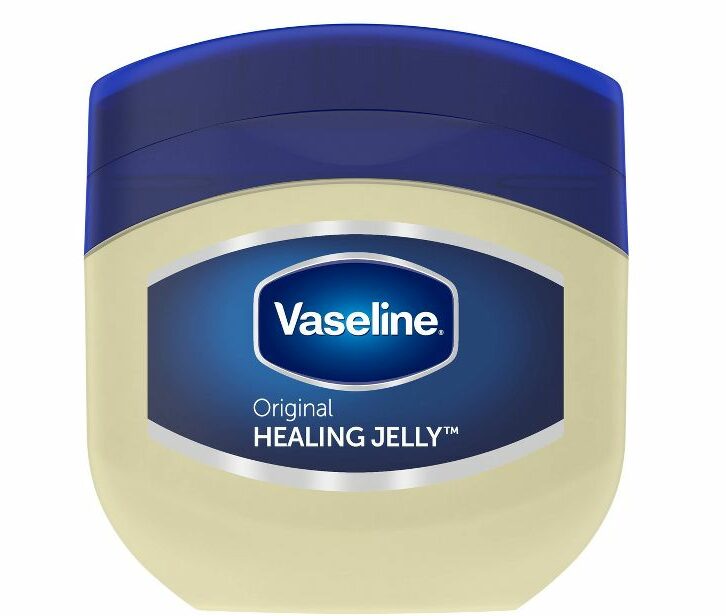
Dr. Garshick says Vaseline is a must when managing eczema. It helps to lock moisture into the skin and protect it from the elements.
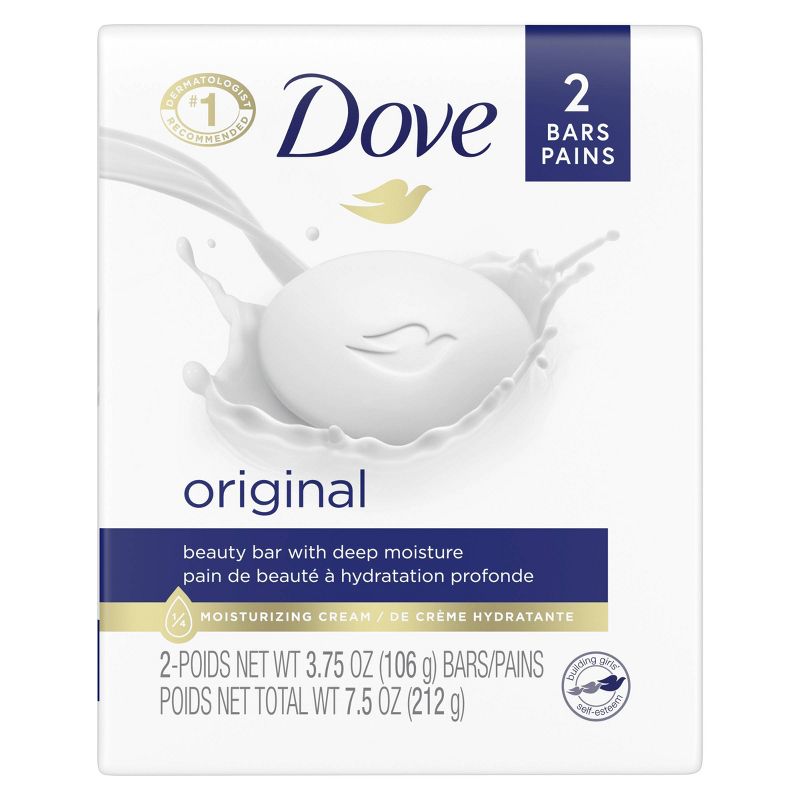
This is Dr. Garshick’s favorite gentle cleanser. It’s a soap-free bar that cleanses the skin without drying out your moisture barrier.
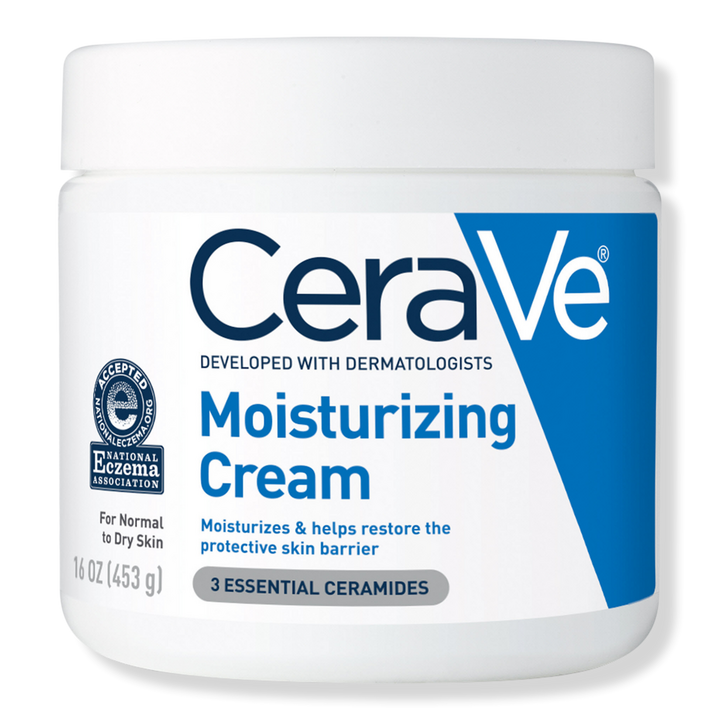
Dr. Garishick loves this thick cream from CeraVe. It’s made with three different types of ceramides, helping to respire the skin barrier to seal in moisture, along with hyaluronic acid to hydrate and soothe skin.
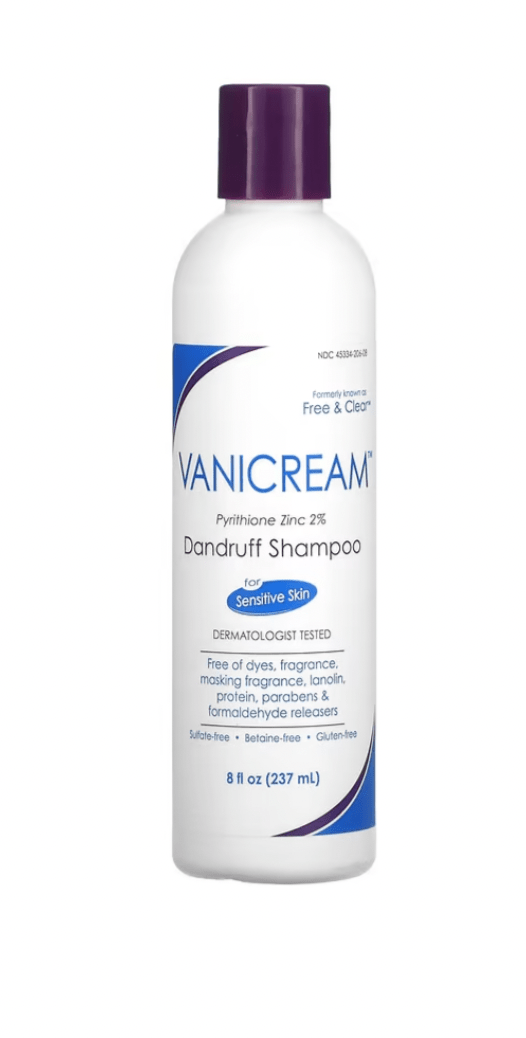
This dandruff shampoo is designed specifically for people with sensitive skin, which is what Vanicram as a brand is known for. “For those with sensitivity to certain ingredients who are dealing with different types of eczema, Vanicream offers products that are formulated without common allergens,” says Dr. Garshick.
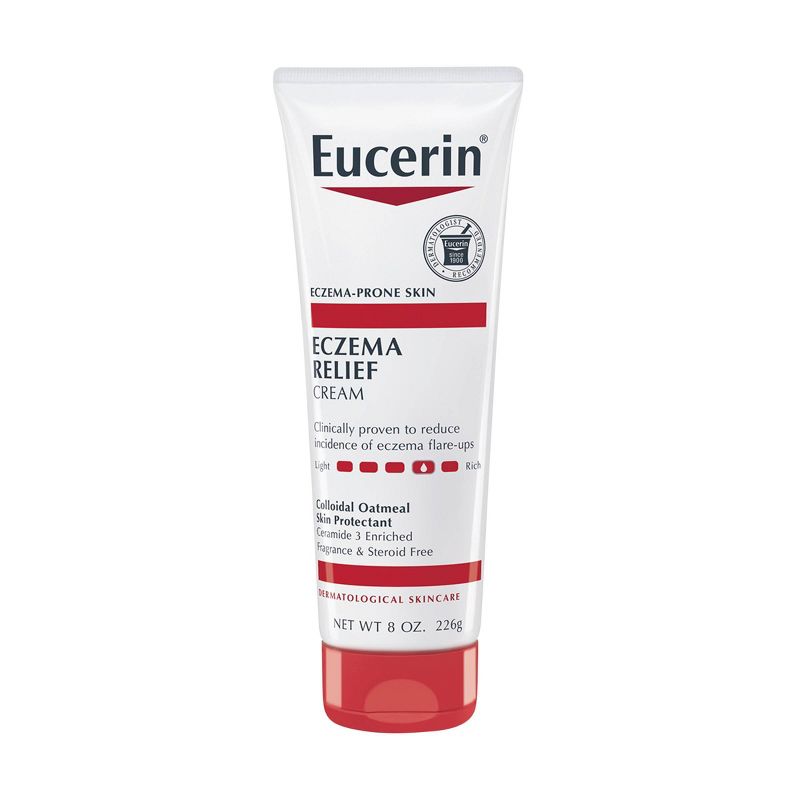
Made with colloidal oatmeal, ceramide-3, and licorice root extract, this is a moisturizer that Dr. Garshick says is great for eczematic skin.
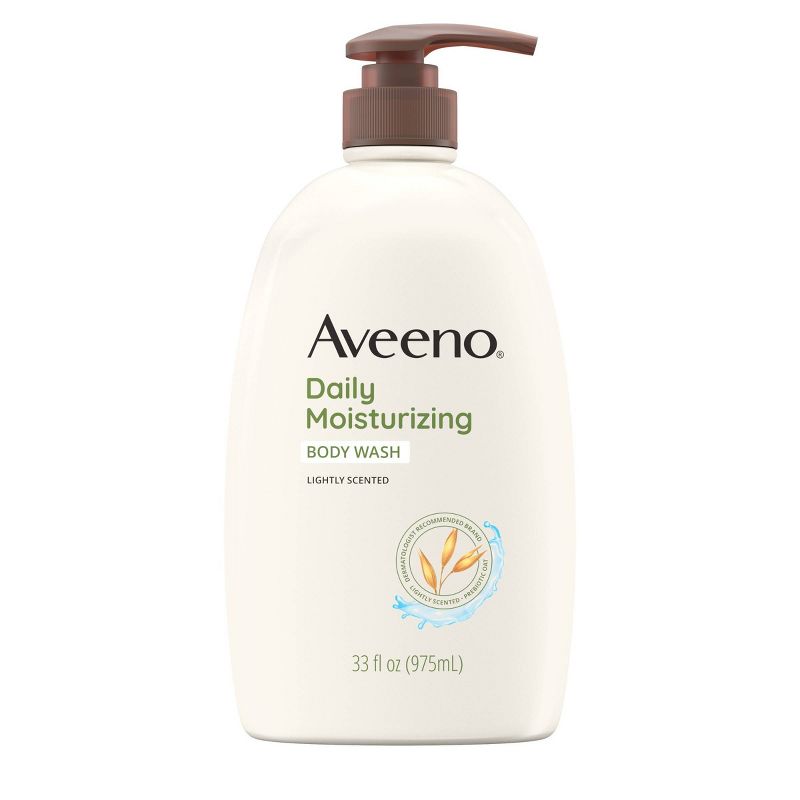
This body wash from Aveeno is another favorite of Dr. Garshick’s. It gently cleanses while moisturizing skin with soothing oat and moisturizing glycerin for soft and smooth skin.
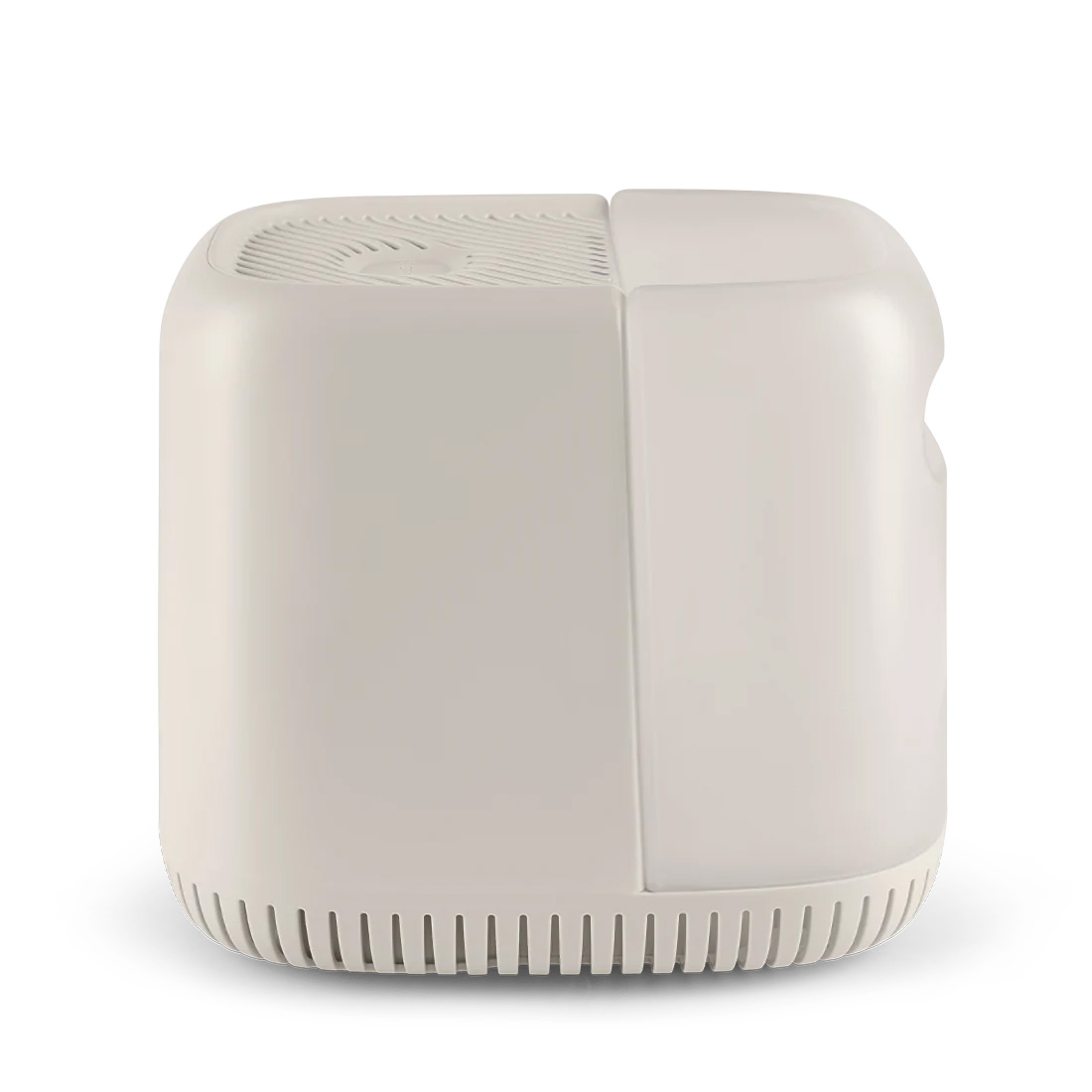
Dr. Garshick says using a humidifier can also help to prevent dry skin. This one from Canopy releases a super fine and hygienic mist, keeping your air optimally humidified so your skin doesn’t dry out.
Want even more beauty intel from our editors? Follow our Fineprint Instagram account for must-know tips and tricks.
Loading More Posts...